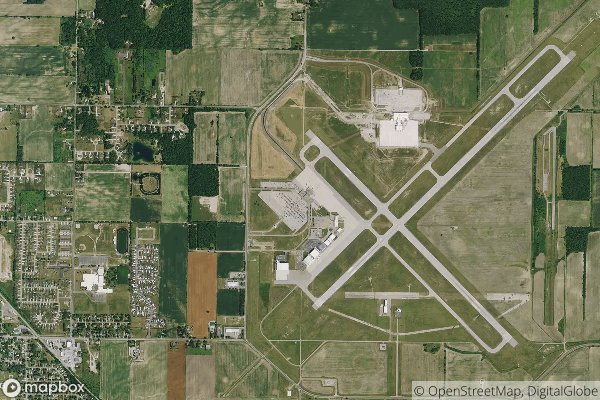| Code | ABQ/KABQ |
| Location | Albuquerque, New Mexico |
| Major Airlines | Southwest Airlines, American Airlines, Delta Air Lines |
| Runways | 4 |
| Passenger Traffic | Over 5 million annually |
The airport code “ABQ” or “KABQ” refers to Albuquerque International Sunport. It is located in Albuquerque, New Mexico and serves as a major hub for Southwest Airlines, American Airlines, and Delta Air Lines. With 4 runways and over 5 million passengers annually, it is a significant transportation hub for the region.
Understanding ABQ/KABQ Airport Code
When it comes to airport codes, they play a crucial role in the aviation industry. They are used for various purposes such as flight bookings, baggage handling, and communication between pilots and air traffic controllers. Understanding the structure of airport codes and the challenges and confusions associated with them is important for anyone involved in the aviation industry and for travelers alike.
Decoding Airport Code
The ABQ/KABQ airport code is associated with the Albuquerque International Sunport in New Mexico. The three-letter code, “ABQ,” is the International Air Transport Association (IATA) code, while the four-letter code, “KABQ,” is the International Civil Aviation Organization (ICAO) code.
The structure of airport codes typically consists of either a three-letter IATA code or a four-letter ICAO code. These codes are unique to each airport and are used for aircraft identification, flight planning, and other operational purposes. However, the combination of letters may not always be immediately obvious or logical, which can lead to confusion for travelers and industry professionals.
Operational Significance
The use of airport codes in aviation operations is critical for ensuring safe and efficient air travel. Pilots use these codes to identify their departure and destination airports when filing flight plans and communicating with air traffic control. Airline personnel and airport staff also rely on these codes to properly route baggage, coordinate ground services, and manage flight schedules.
Understanding and correctly inputting the airport code is essential to prevent errors and ensure that flights operate smoothly. In the case of ABQ/KABQ, the airport code is a part of the airport’s overall identification and plays a crucial role in its daily operations.
History of Airport Codes
The history of airport codes dates back to the early days of aviation, when the International Air Transport Association (IATA) introduced the three-letter coding system for airports. This system was designed to provide a unique and standardized way to identify airports around the world.
The ICAO later introduced a four-letter coding system, which is primarily used for air traffic control and other aviation-related purposes. These codes are based on the location and name of the airport, but they may not always follow a logical pattern, leading to confusion for those unfamiliar with the codes.
In conclusion, understanding airport codes, such as the ABQ/KABQ airport code, is essential for anyone involved in the aviation industry. The structure of these codes, their operational significance, and their historical background all contribute to their importance in the world of air travel. By decoding and comprehending airport codes, aviation professionals and travelers can navigate the complexities of air travel with greater ease.


